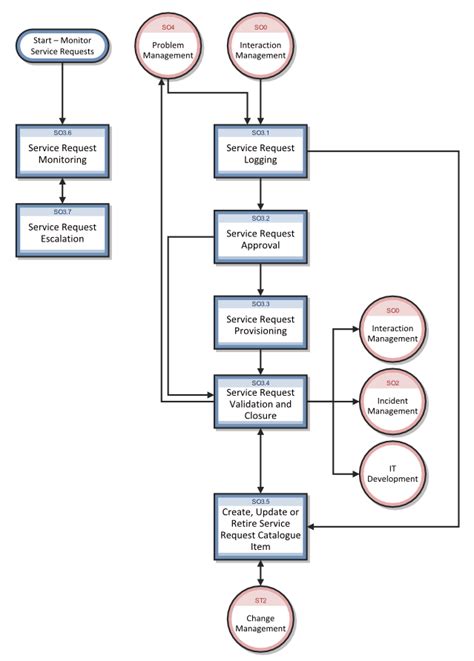Cornell University provides various facilities and services to its students, faculty, and staff. Maintaining these facilities in optimal condition requires regular maintenance and repairs. To facilitate efficient maintenance requests, Cornell has established a dedicated online platform that allows users to submit and track their requests. This article provides a comprehensive guide to using the Cornell Maintenance Request system, covering everything from submitting a request to monitoring its progress and resolving issues.

Understanding the Cornell Maintenance Request System
The Cornell Maintenance Request system is a web-based platform designed to streamline the maintenance request process. It offers a user-friendly interface that allows users to easily submit requests, provide detailed descriptions, and upload supporting documents. The system also provides real-time updates on the status of requests, enabling users to track their progress and communicate with maintenance staff.
Types of Maintenance Requests
Cornell’s Maintenance Request system allows users to submit various types of requests, including:
- General Maintenance: Requests that address general maintenance issues, such as plumbing leaks, electrical problems, or HVAC malfunctions.
- Custodial Services: Requests for routine cleaning, garbage removal, or special cleaning services.
- Snow Removal: Requests for snow removal from walkways, parking lots, or building entrances.
- Landscape: Requests for landscaping services, such as mowing, trimming, or planting.
- Other: Requests for any other maintenance or repair services not covered by the above categories.
How to Submit a Maintenance Request
1. Access the Maintenance Request System:
- Visit the Cornell Maintenance Request website: https://request.facilities.cornell.edu/
- Login using your NetID and password.
2. Choose Request Type:
- Select the appropriate request type from the drop-down menu.
- Provide a brief description of the issue.
3. Location and Details:
- Specify the location of the issue and provide as much detail as possible.
- Indicate the priority level of the request (urgent, high, medium, or low).
- Upload supporting documents, such as photos or videos, if available.
4. Contact Information:
- Provide your contact information, including name, email address, and phone number.
- Indicate the best time to contact you for updates or clarifications.
5. Submit Request:
- Review the request details and submit it to the maintenance staff.
- You will receive a confirmation email with a request number.
Request Management and Tracking
Once a maintenance request is submitted, users can track its progress through the Maintenance Request system.
- Status Updates: Requests are automatically assigned to the appropriate maintenance team. The system provides real-time updates on the status of the request, including when it is assigned, when a technician is dispatched, and when the issue is resolved.
- Communication: Users can communicate with maintenance staff through the system’s messaging feature. This allows for clarification of issues, updates on progress, and scheduling of appointments.
- Request History: The system maintains a history of all submitted requests, allowing users to review past issues and track their resolution.
Tips and Tricks for Effective Maintenance Requests
- Provide Clear and Detailed Descriptions: Be as specific as possible when describing the issue. Include details such as the exact location, the nature of the problem, and any relevant background information.
- Use Photos and Videos: Supporting documents can provide valuable visual cues to maintenance staff, helping them to better understand the issue and prioritize the request.
- Indicate Priority Level: Identify the urgency of the request by selecting the appropriate priority level. Urgent requests will receive prompt attention, while low-priority requests may be scheduled for a later date.
- Follow Up: If you don’t receive a response or update within a reasonable time, don’t hesitate to follow up with the maintenance staff. Polite reminders can help to expedite the process.
Common Mistakes to Avoid
- Submitting Duplicate Requests: Avoid submitting multiple requests for the same issue. This can delay the processing of the request and confuse maintenance staff.
- Providing Insufficient Information: Incomplete or inaccurate request descriptions can lead to delays in resolution. Ensure that you provide all necessary details and supporting documents.
- Ignoring Urgent Issues: If you encounter a serious or emergency maintenance issue, do not rely solely on the online request system. Call the Cornell Public Safety Dispatch Center at (607) 255-1111 to report the issue immediately.
- Not Monitoring Request Status: Regularly check the status of your request to stay informed on its progress. Timely follow-ups can help to ensure that the issue is resolved promptly.
Additional Considerations
- Emergency Maintenance Requests: For immediate assistance with emergency maintenance issues, call the Cornell Public Safety Dispatch Center at (607) 255-1111.
- Accessibility: The Cornell Maintenance Request system is designed to be accessible to all users, including individuals with disabilities. Alternative methods of submitting requests are available upon request.
- Feedback: Users are encouraged to provide feedback on their experience with the Maintenance Request system. This feedback can help to improve the system and enhance its functionality.
Conclusion
The Cornell Maintenance Request system provides an efficient and user-friendly platform for submitting and managing maintenance requests. By understanding the system’s capabilities and following the guidelines outlined in this article, users can effectively communicate maintenance issues, track their progress, and ensure that their facilities are well-maintained. Regular maintenance and prompt resolution of issues contribute to a safe, comfortable, and productive environment for all members of the Cornell community.
